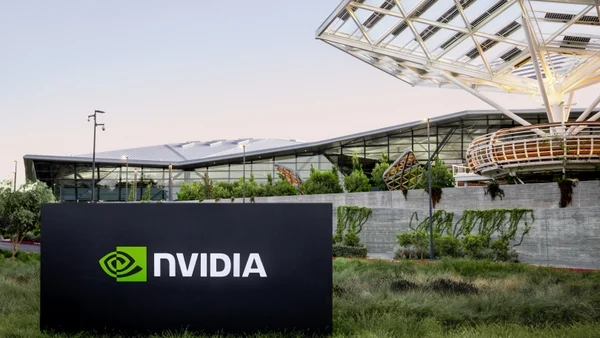Key Takeaways
1. Nvidia has launched the RTX 50 Blackwell series, starting with the GeForce RTX 5050 for laptops and desktops, priced at $249.
2. The RTX 5050 features 2,560 CUDA cores, 80 tensor cores, 20 ray tracing cores, and 8 GB of GDDR6 VRAM, while the laptop version has 8 GB of GDDR7 VRAM.
3. Nvidia’s new GPUs utilize advanced technologies like DLSS 4, multi-frame generation, RTX Neural Shaders, and Reflex 2.
4. The company showcased new hardware from various manufacturers and presented impressive AI and ML tools powered by the RTX Blackwell GPUs.
5. Nvidia hosted a “Future of AI” event in New Delhi, announcing the availability of the RTX 50 series in the region.
Nvidia has finished rolling out its RTX 50 Blackwell series with the launch of the GeForce RTX 5050 for laptops and desktops. The company recently hosted a “Future of AI” event in New Delhi, India, to announce the availability of these and other RTX 50 series graphics cards in the region.
Specifications and Pricing
To summarize, the RTX 5050 comes with a price tag of $249 and serves as the next generation after the RTX 3050. It is built on the GB207 GPU, featuring 2,560 CUDA cores, 80 tensor cores, and 20 ray tracing (RT) cores. The GPU is equipped with 8 GB of GDDR6 VRAM on a 128-bit interface and has a total graphics power (TGP) of 130 W. The laptop variant shares many specs, however, it utilizes 8 GB of GDDR7 VRAM and has a TGP limited to 50 W.
Technical Insights
Nvidia’s Jeff Yen, who is the Director of Technical Marketing for the APAC region, along with John Gillooly, Senior Technical Marketing Manager for APAC South, discussed the technical features of the Blackwell architecture. They highlighted how all RTX 50 GPUs, from the entry-level RTX 5050 to the top-tier RTX 5090 monster, leverage technologies like DLSS 4, multi-frame generation, RTX Neural Shaders, and Reflex 2.
New Hardware and Demos
In addition to a variety of pre-built desktops from manufacturers like Ant PC, The MVP, EliteHubs, and Vishal Peripherals, new laptop designs that just hit the Indian market were also showcased.
We have already tested some of these configurations and are looking forward to reviewing others and more in the near future.
Nvidia also presented some impressive demonstrations, especially focused on AI and ML workflows. The company showcased tools like ChatRTX, AnythingLLM, and AI Workbench, all powered by Tensor cores found in the RTX Blackwell GPUs.






